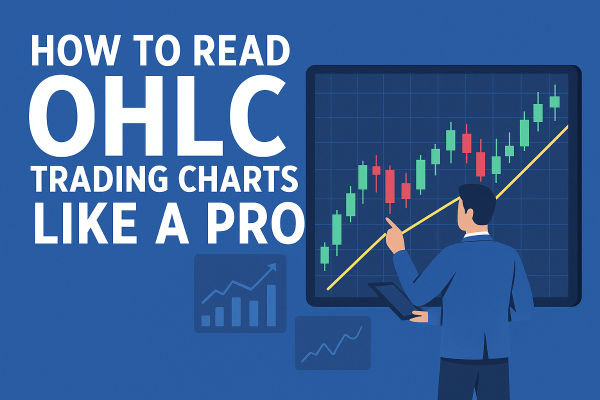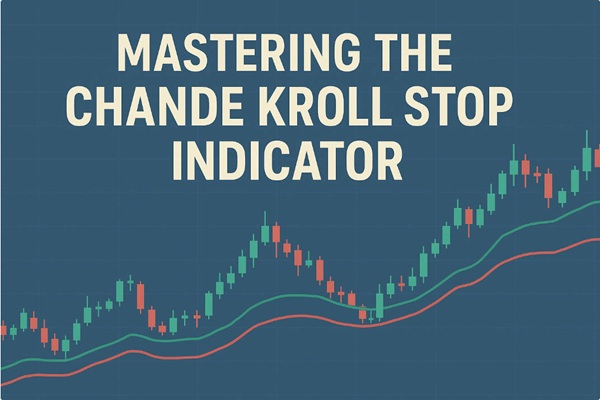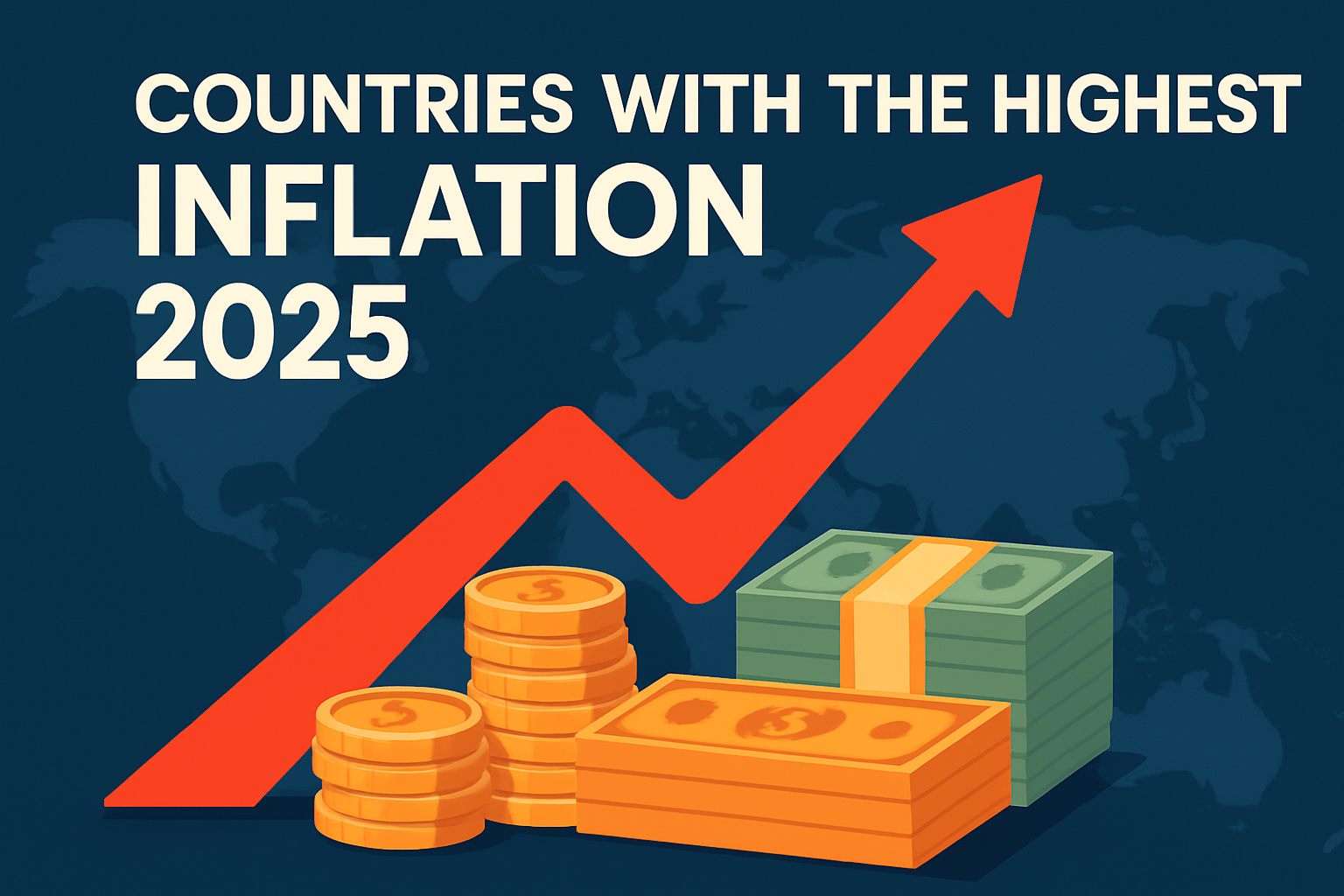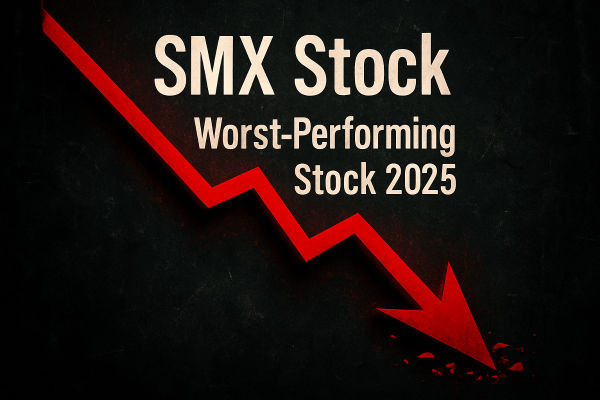Key Takeaways
Gold (XAUUSD) rallies above $4,130, boosted by growing Fed rate cut expectations.
Dollar weakness and safe-haven demand continue to fuel bullish sentiment.
A technical breakout above $4,100 opens the path toward $4,250 resistance.
Traders are watching Fed signals and real yields for the next price cues.
The gold market is heating up again. XAUUSD has pushed above $4,100 per ounce, touching highs near $4,130 in recent sessions as traders bet the Federal Reserve is nearing a pivot toward rate cuts.
The rally is being driven by a mix of weaker U.S. data, expectations of easier monetary policy, a softer dollar, and renewed safe-haven flows. Analysts believe the next key target sits near $4,250, assuming bullish momentum continues.
In this article, we break down why gold is surging, what technical levels matter, and what traders should watch next.
Latest XAUUSD Price Movements and Key Levels
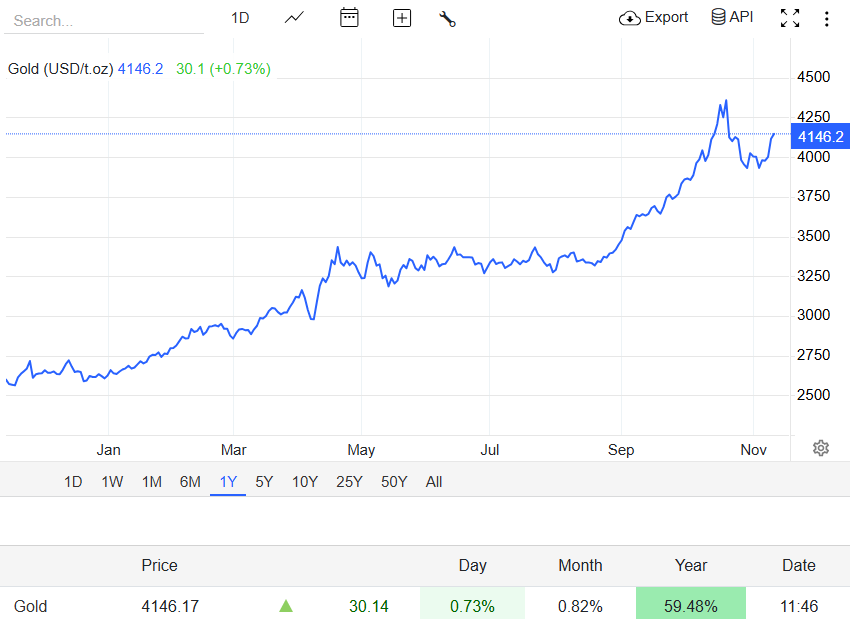
Current Price Levels
The current spot gold price is at about $4,146.00 per ounce.
Historical data for recent days show price ranges around $4,000–$4,140. E.g., Nov 11, 2025: ~$4,136.26.
Record Highs & Forecasts
Reuters reported that gold hit a high above $4,170 on October 14, 2025, aided by hopes of Fed rate cuts. [1]
Forecast pieces noted a target of $4,250 if trends persist.
Technical Snapshots
Recent analysis indicates resistance and a breakout zone around $4,130/$4,138, with the next upside target ranging from $4,200 to $4,250.
Support zones appear near $3,960–$4,000 in some forecasts.
Why XAUUSD Is Rallying Again: The 4 Big Drivers
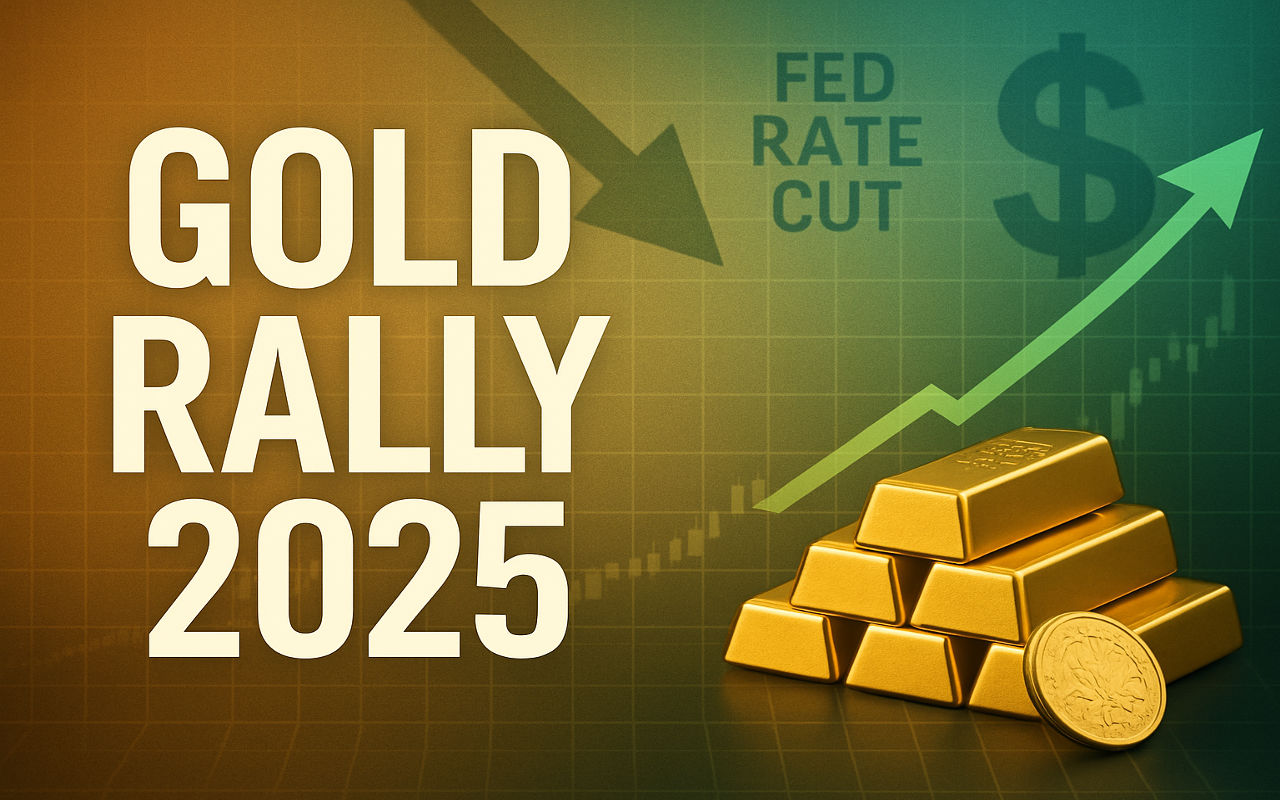
1. Fed Rate-Cut Expectations
Markets are increasingly pricing in upcoming rate cuts by the Federal Reserve.
Weaker labour market data and a decline in consumer sentiment have fueled speculation that rate cuts may arrive sooner, lowering the opportunity costs of holding gold.
2. U.S. Dollar & Real Yields
Gold tends to move inversely to the U.S. dollar.
As the dollar index slid from 101 to below 99, it boosted gold's global appeal.
Real yields have fluctuated recently; periods of lower real yields have supported gold, but real-yield moves remain volatile and will be a key signal to watch.
3. Safe-Haven Demand & Geopolitical/Shutdown Risk
Beyond monetary policy, gold is drawing safe-haven demand amid global uncertainties, including trade tensions and a U.S. government shutdown.
For example, softening U.S. data, including employment figures and consumer spending, has fueled speculation of a policy shift, underpinning investor demand for gold as a safe haven.
Additionally, persistent concerns over China's slowdown and European energy issues have contributed to demand for risk diversification.
4. Technical Breakouts & Momentum
Once gold breached key levels (e.g., above $4,000 and $4,100), momentum traders triggered further buying.
Momentum buying intensified after surpassing $4,100, with several analysts eyeing $4,250 and beyond if the $4,130 zone holds as new support.
What's Next for XAUUSD: Key Scenarios & Levels
| Level |
Type |
Description |
| $4,250 |
Resistance |
Next major upside target |
| $4,130 |
Resistance |
Current breakout zone |
| $4,000 |
Support |
Psychological round-number level |
| $3,960 |
Support |
Secondary technical floor |
1. Bullish Continuation Toward $4,250+
If the Fed signals a rate cut or economic data disappoints further, the dollar weakens, real yields fall, and gold could push toward $4,250 per ounce or higher. A technical breakout above $4,130 would support that path.
2. Consolidation or Pullback
If the dollar strengthens, driven by robust U.S. economic data or reduced expectations for rate cuts, gold may stall or pull back. Key support zones to watch are around $4,000 and $3,960.
3. Deeper Correction
Less likely in the current narrative, but possible if inflation flares or the Fed pushes back on cuts. Should selling pressure intensify, gold could drop below $3,900, lowering to the $3,800+ range.
Implications for Investors & Traders
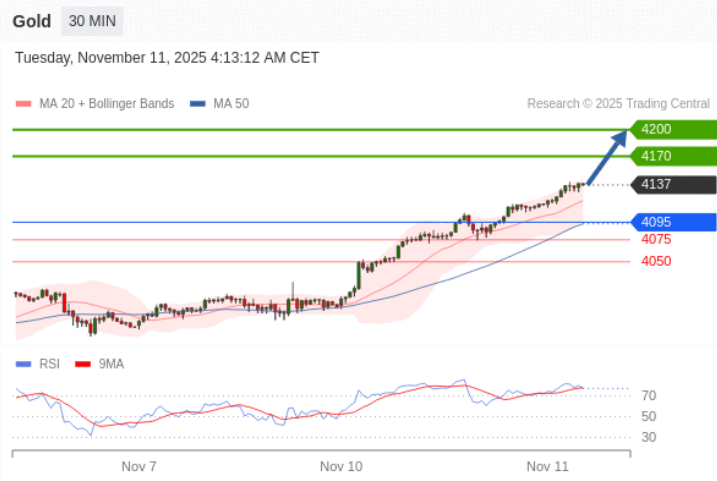
Technical Levels to Monitor
Major support: ~$4,000; followed by ~$3,960.
Immediate resistance: ~$4,130–$4,140 zone.
Next major target: Around the ~$4,200–$4,250 area.
Extended bullish target: ~$4,300+
For Long-Term Investors
XAUUSD's rally reflects broader macroeconomic shifts, including lower rates, increased uncertainty, and safe-haven flows.
For those viewing gold as a portfolio hedge or store of value, current levels may still justify exposure, especially if you believe the Fed pivot is real.
For Short-Term Traders
Volatility is elevated. Breakout trades above $4,130 may offer momentum setups; pullbacks toward support near $4,000 may provide re-entry opportunities.
However, risk management is vital, given the potential for sharp moves.
Risk Considerations
If the Fed delays or cancels expected cuts, gold could suffer.
A strong dollar or rising real yields could hurt gold performance.
Technical breakouts can fail as profit-taking could set in near resistance zones.
Frequently Asked Questions
1. Why Has Gold Surged Above $4,000 in 2025?
Increasing expectations of future rate cuts by the Federal Reserve, weaker U.S. real yields, a softer U.S. dollar, and elevated safe-haven demand amid macro uncertainties.
2. How Has Gold Performed Over the Past Year?
According to the data, gold is approximately 57-59% higher year-over-year as of November 11, 2025.
3. Does Central-Bank Buying Affect the Gold Price?
Yes. Increased central-bank purchases (especially outside the U.S.) add structural demand to gold, reinforcing upward bias.
4. Should I View Gold as a Hedge or Speculative Asset in Late 2025?
For many investors, gold serves more as a macroeconomic hedge, protecting against systemic risks, rather than as a speculative asset. Considering its rise above US$4,000, new buyers may prefer staggered exposure rather than full speculative bets.
Conclusion
Gold has broken through major resistance, trading near $4,130, driven by strong expectations of Fed rate cuts, a softer dollar and heightened global uncertainty. The next meaningful upside target is ~$4,250, but risks remain.
Investors should stay vigilant to monetary policy signals, geopolitical events, and technical price action in the evolving market of 2025 and 2026.
Gold's blend of safe-haven appeal and inflation protection makes it a compelling asset. However, with global markets shifting fast, risk management remains the cornerstone of successful trading.
Disclaimer: This material is for general information purposes only and is not intended as (and should not be considered to be) financial, investment or other advice on which reliance should be placed. No opinion given in the material constitutes a recommendation by EBC or the author that any particular investment, security, transaction or investment strategy is suitable for any specific person.
Sources
[1] https://www.reuters.com/world/india/gold-hits-record-high-us-rate-cut-bets-silver-follows-suit-2025-10-14/









